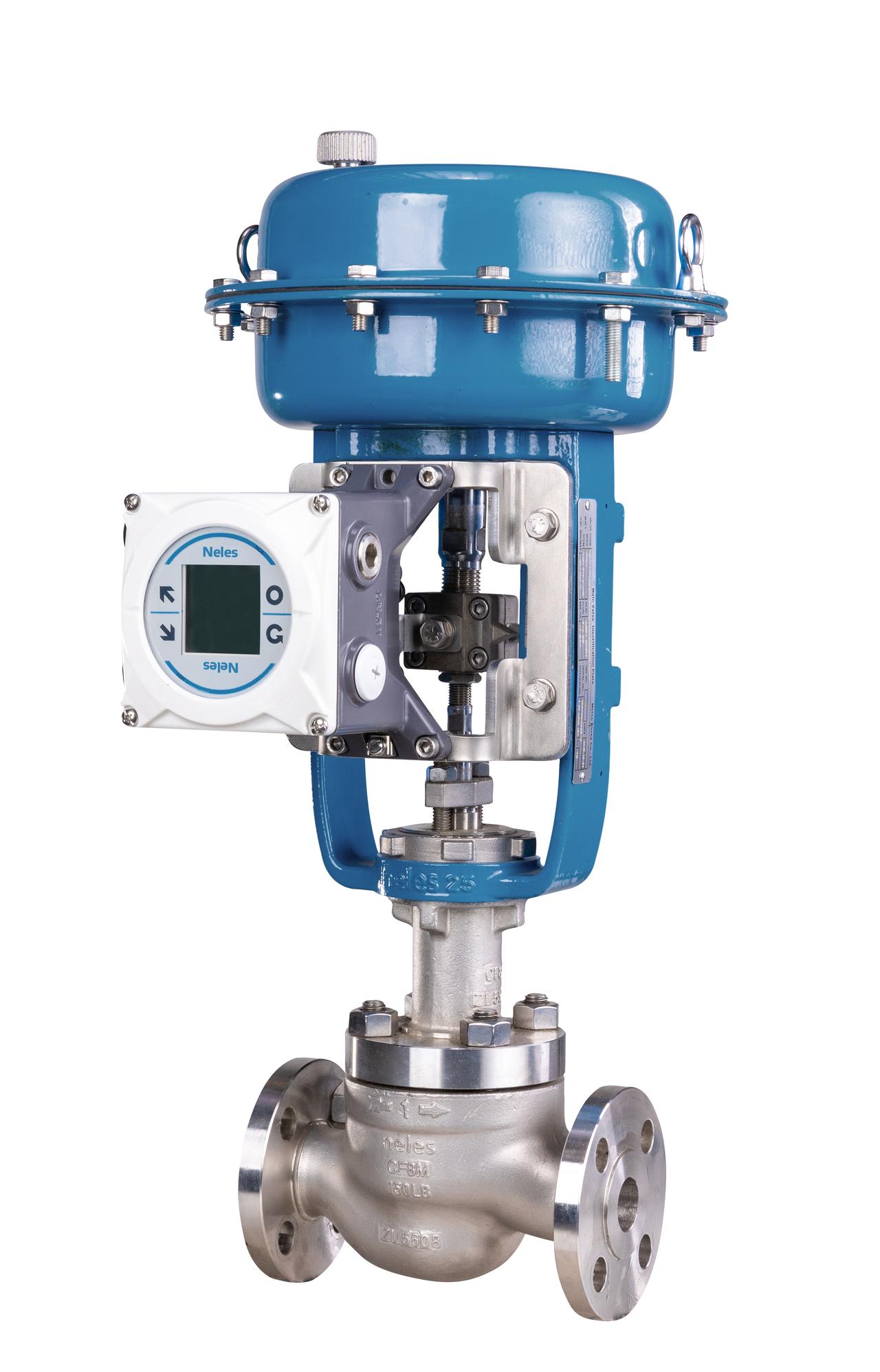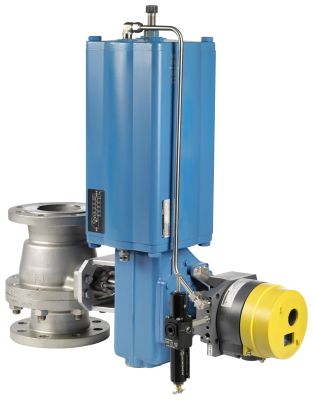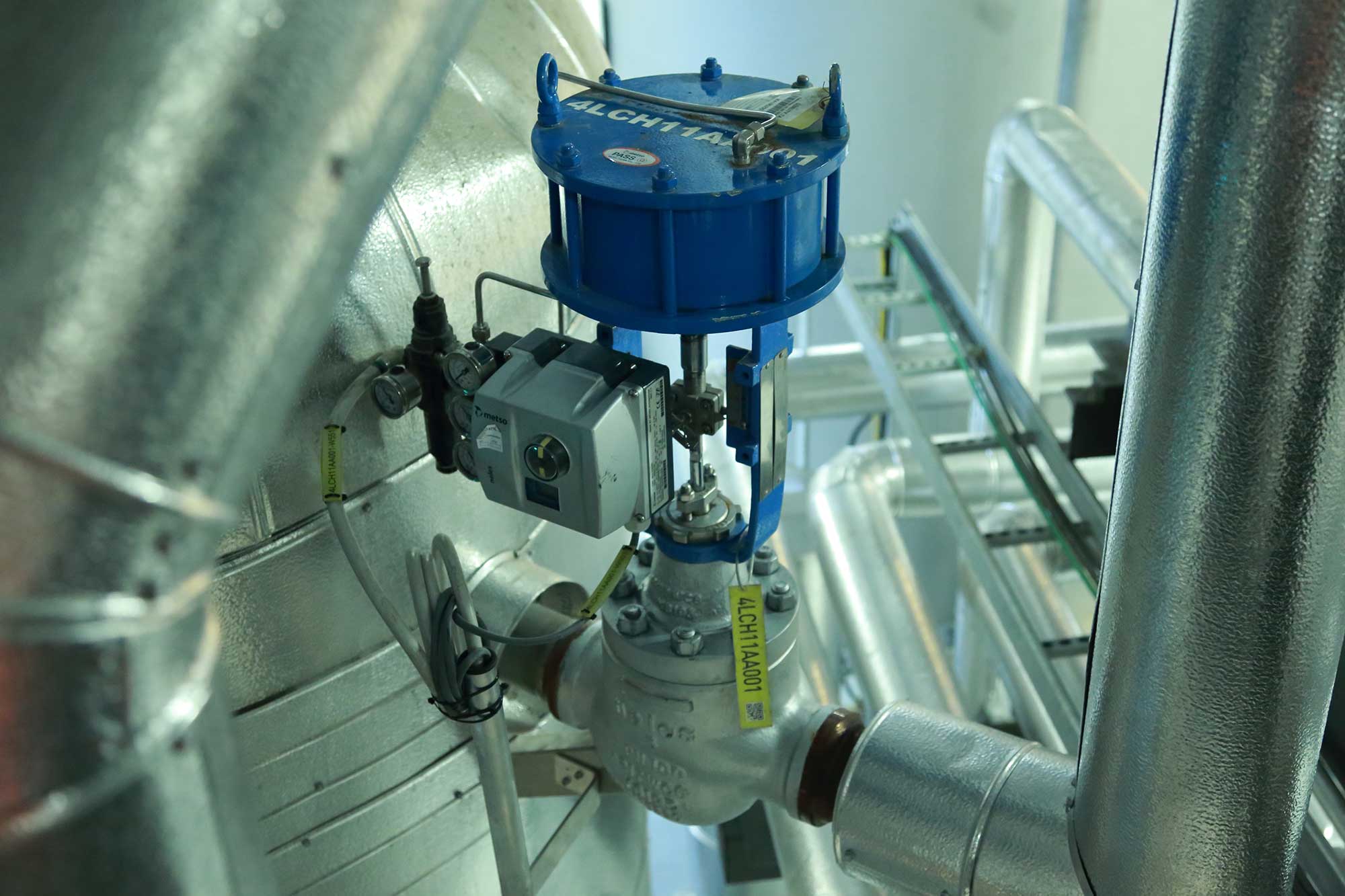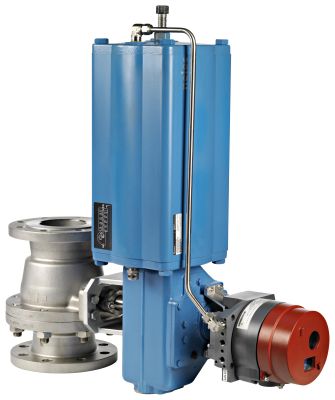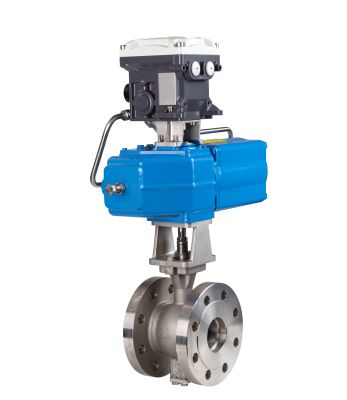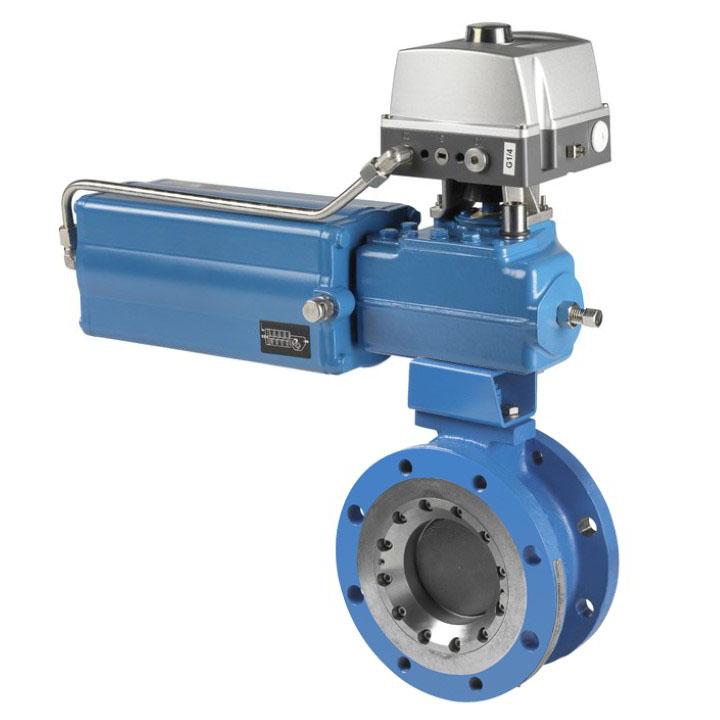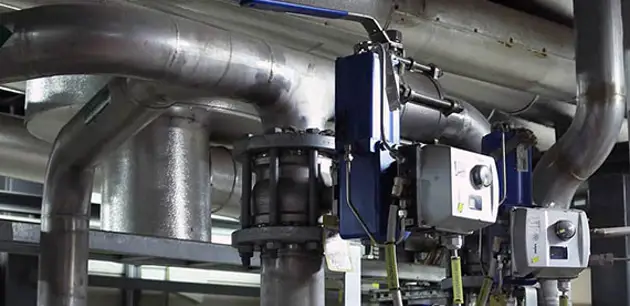An isomerisation process can be used to improve the octane numbers of light straight-run naphtha. In isomerisation, the atoms of a molecule remain the same but are rearranged producing an isomer. Isomerisation processes also saturate benzene into cyclohexane by hydrogenation as benzene concentration in gasoline is legislated due to environmental concerns.
Using a simpler once-through process, research octane numbers (RON) can be improved from 70 to about 80-84. When also utilising recycling of the unconverted hexane, octane numbers can further be improved to around 87-93.
The pentane/hexane and hydrogen feed usually enter the process through dryers which are used to ensure that the feed is free of oxygen sources that could decrease catalyst activity. If a catalyst type is used that can tolerate water, dryers may not be necessary.
After mixing with make-up hydrogen, the feed is heat-exchanged against the reactor effluent. It then enters a charge heater (or heat exchanger) before entering the reactors. The reactors are kept at a temperature of about 100-200 °C (200-400 °F) as the equilibrium of the isomerisation reaction is pushed towards the isomers at lower temperatures. The relatively low temperature slows down the reaction rate, requiring the use of a catalyst to make the reaction proceed at a reasonable rate. In order to maintain high catalyst activity, some catalysts require the addition of small amounts of organic chlorides. Hydrogen quenches are used to maintain reactor temperature and catalyst activity.
Some cracking also occurs in the reactors, and the light gas formed is removed in the stabilisation column. The remaining part exits the stabiliser through the bottom. This stream then enters a deisohexaniser where the unconverted hexane is separated and recycled.

